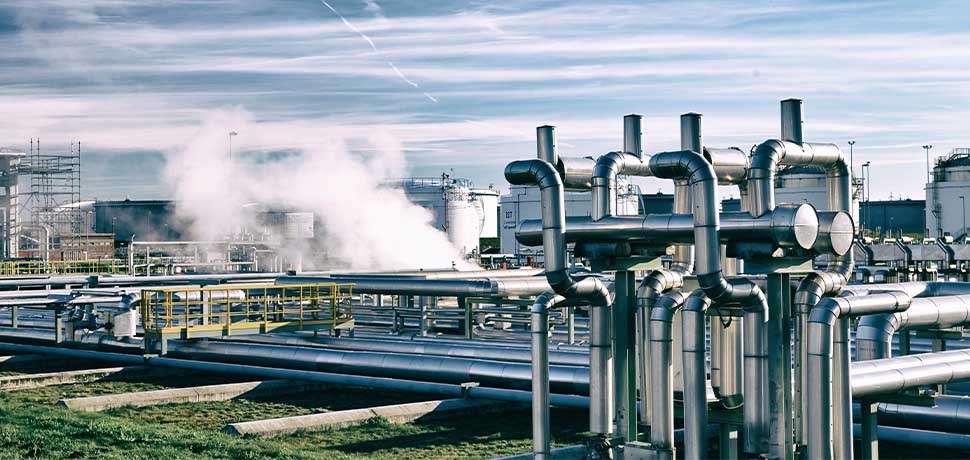-
Insights
-
21 July 2022
-
3 reading min
Eating for Mental Health - Part 2
The link between food and emotions: To have a neutral relationship with food and be able to eat only in response to our physical needs, we need to resolve some of the emotional entanglement that comes with family and food.
By Tracy Helps


